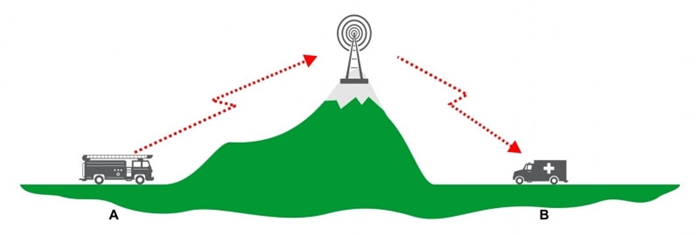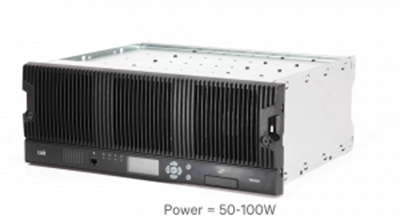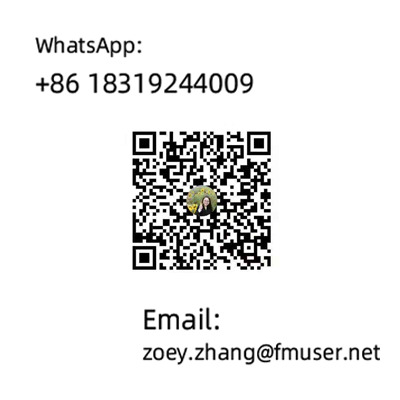Products Category
- FM Transmitter
- 0-50w 50w-1000w 2kw-10kw 10kw+
- TV Transmitter
- 0-50w 50-1kw 2kw-10kw
- FM Antenna
- TV Antenna
- Antenna Accessory
- Cable Connector Power Splitter Dummy Load
- RF Transistor
- Power Supply
- Audio Equipments
- DTV Front End Equipment
- Link System
- STL system Microwave Link system
- FM Radio
- Power Meter
- Other Products
- Special for Coronavirus
Products Tags
Fmuser Sites
- es.fmuser.net
- it.fmuser.net
- fr.fmuser.net
- de.fmuser.net
- af.fmuser.net ->Afrikaans
- sq.fmuser.net ->Albanian
- ar.fmuser.net ->Arabic
- hy.fmuser.net ->Armenian
- az.fmuser.net ->Azerbaijani
- eu.fmuser.net ->Basque
- be.fmuser.net ->Belarusian
- bg.fmuser.net ->Bulgarian
- ca.fmuser.net ->Catalan
- zh-CN.fmuser.net ->Chinese (Simplified)
- zh-TW.fmuser.net ->Chinese (Traditional)
- hr.fmuser.net ->Croatian
- cs.fmuser.net ->Czech
- da.fmuser.net ->Danish
- nl.fmuser.net ->Dutch
- et.fmuser.net ->Estonian
- tl.fmuser.net ->Filipino
- fi.fmuser.net ->Finnish
- fr.fmuser.net ->French
- gl.fmuser.net ->Galician
- ka.fmuser.net ->Georgian
- de.fmuser.net ->German
- el.fmuser.net ->Greek
- ht.fmuser.net ->Haitian Creole
- iw.fmuser.net ->Hebrew
- hi.fmuser.net ->Hindi
- hu.fmuser.net ->Hungarian
- is.fmuser.net ->Icelandic
- id.fmuser.net ->Indonesian
- ga.fmuser.net ->Irish
- it.fmuser.net ->Italian
- ja.fmuser.net ->Japanese
- ko.fmuser.net ->Korean
- lv.fmuser.net ->Latvian
- lt.fmuser.net ->Lithuanian
- mk.fmuser.net ->Macedonian
- ms.fmuser.net ->Malay
- mt.fmuser.net ->Maltese
- no.fmuser.net ->Norwegian
- fa.fmuser.net ->Persian
- pl.fmuser.net ->Polish
- pt.fmuser.net ->Portuguese
- ro.fmuser.net ->Romanian
- ru.fmuser.net ->Russian
- sr.fmuser.net ->Serbian
- sk.fmuser.net ->Slovak
- sl.fmuser.net ->Slovenian
- es.fmuser.net ->Spanish
- sw.fmuser.net ->Swahili
- sv.fmuser.net ->Swedish
- th.fmuser.net ->Thai
- tr.fmuser.net ->Turkish
- uk.fmuser.net ->Ukrainian
- ur.fmuser.net ->Urdu
- vi.fmuser.net ->Vietnamese
- cy.fmuser.net ->Welsh
- yi.fmuser.net ->Yiddish
What is Repeater and How its System work?
A repeater is an electronic device that relays a transmitted signal. It receives a signal on a specific frequency, then amplifies and rebroadcasts it. By amplifying the signal, a repeater increases the transmission range of the original signal.
Repeaters have many applications, but in computing they are most commonly used in wireless networks. For example, a Wi-Fi network in a large home may benefit from using one or more repeaters to relay the signal to different areas of the house. Homes that have brick walls or cement floors may also benefit from having a repeater relay the signal around the obstacle. Businesses often use a series of repeaters to create a single wireless network within a large building.
While repeaters all serve the same purpose, they come in many forms. Some wireless devices, often called "range extenders" are designed to be used specifically as repeaters. Other devices, such as hubs, switches, and routers can all be configured as repeaters using a software utility or web interface that controls the wireless device.
NOTE: Since repeaters only relay an incoming signal, using a router as a repeater does not make use of its signal routing capability. Therefore, it make more sense to use a range extender as a repeater if possible.
Repeaters help with the problem of line of sight in conventional communications. If two radios want to communicate with a hilltop in the way, then there is no line of sight. One way to overcome this is placing a repeater (or base station) at the top of the hill. One radio communicates up to the repeater, this is called uplink, and then the repeater repeats that transmission down to the radio on the other side of the hill, this is called downlink.


Repeaters are generally in fixed positions at particular geographical locations. This can sometimes be in their own special hut or in some type of enclosure. They have a cable connection to antenna systems, which are either mounted on steel towers or simply fixed to the top of the building.
Mobile radios and portables can take advantage of the greater power available in the larger size of the antennas. A collection of repeaters connected together provide mobile portable radio users coverage over an extremely wide area, thus extending the range of communications.
You May Also Like:
A Detailed Controduction of Repeater
How to Use a Ham Radio Repeater?





